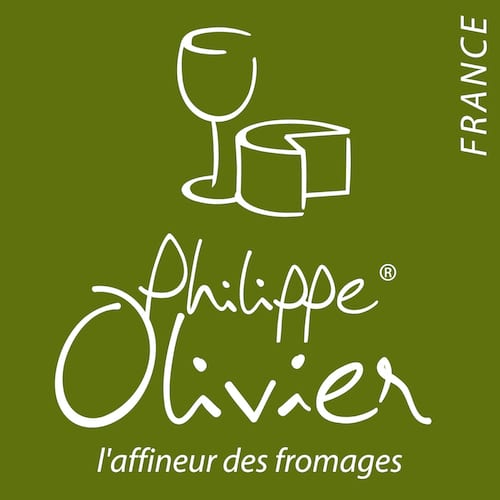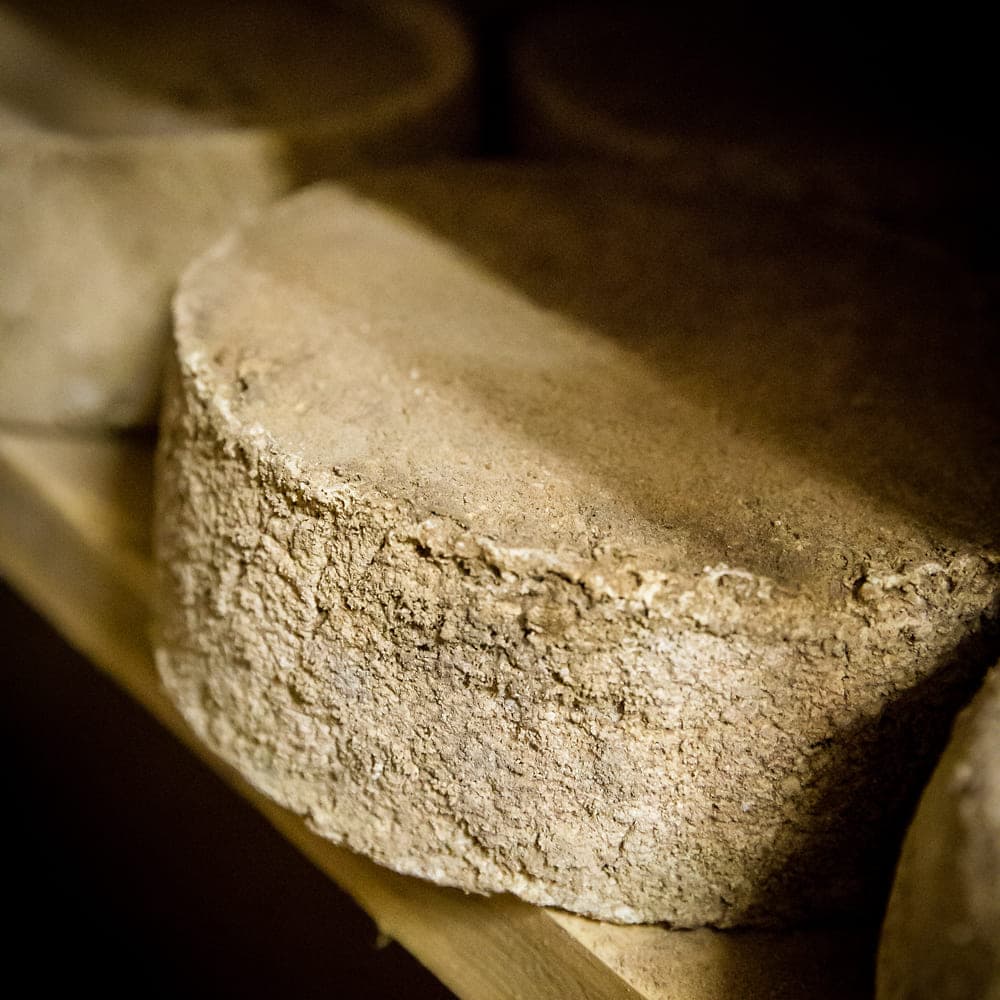Interview of the day: defending cultural and historical cheeses
You've been an early campaigner for local cheeses ...
How has cheese consumption evolved in France?
And what is the share of industrial cheeses? Is it increasing?
This is no longer true. Industrial products have made great strides with the development of supermarkets... But today, for example, highly industrialized Camemberts are on the decline, while raw-milk, hand-milled Camemberts are on the rise again. There's been a clear turnaround over the last three or four years. This is good news. I've got nothing against industrial products, but what I don't want is to be led to believe that these industrial products are farmhouse or traditional products. For me, it's a choice of society, of purchasing, of freedom, that people should be able to choose between a big red or a Chinon wine... Do we want a cultural and historical cheese? Industrial cheese has to exist to support dairies, but let's not pretend that a certain number of industrial cheeses are farmhouse cheeses!
How are local cheeses faring in Nord-Pas-de-Calais?
There are more than forty cultural and historical cheeses. But you have to be careful: some farmers and artisans don't make the historic cheeses of our region. There are people, for example, who make Camembert in the North of France: no, let's leave Camembert to the Normans! There are people who make goat's cheese pyramids in the north of France: that's the Loire region. There are people who make tome cheese in the North: no, let's leave that to the Savoyards. Because it sells well, a certain number of people are drifting ... I deplore that. There are enough good cheeses in the Nord region, like Bergues, Maroilles and coeur d'Arras. It would be a mistake to copy cheeses from other regions of France that don't correspond to our cow breeds, our terroir and our climate!
Directed by Nord Éclair
Discover another article


